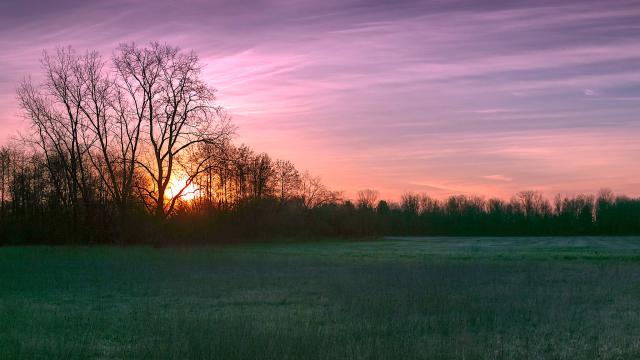Welcome to the start of Daylight Saving Time — the “spring forward”, so to speak — but who came up with this bizarre practice? And why? Who should you blame for losing an hour of your glorious weekend?
It was actually two Brits, scientist George Vernon Hudson and builder William Willett who almost simultaneously came up with the idea. Hudson presented a paper to the Wellington Philosophical Society in 1895, suggesting a two-hour time shift forward in October and a two-hour shift back in March. They liked the idea, but it didn’t really catch on.
Then, ten years later, Willett came up with a different take on the idea that was meant to increase the enjoyment of having more daylight hours (or what’s known as “British Summer Time”). He proposed setting the clocks ahead 20 minutes each Sunday in April, then reversing the process on Sundays in September. Come 1907, Willett published his paper The Waste of Daylight and began lobbying parliament to put it into practice.
It didn’t quite take hold in Britain yet, but by 1908, residents of Ontario became the first to implement a form of DST, followed by several other locations in Canada. Then, during World War I, Germany and their ally Austria-Hungary popularised the concept by enacting the first official, country-wide DST policy on May 1, 1916. It was meant as an effort to save fuel and energy during the war.
Australia followed suit, with DST implemented across the country in 1917. It didn’t last long, though, with the practise abandoned once WWI ended. It wasn’t until World War II that we decided to pick DST up again for a few years, after which — you guessed it — we dropped it. Indecisive bunch, aren’t we?
Turns out it was Tasmania that led the charge for a more permanent DST in Australia, bringing the practise back in 1967 to “save power [and] water”, according to All Down Under. A trial was run during 1971, and by 1972, the rest of the country had adopted DST — except for Queensland, Western Australia and the Northern Territory (and continue to do so).

Comments
One response to “The Real History Of Daylight Saving Time”
So the initial intention was to put the clocks forward over winter. Makes more sense than over summer as we do